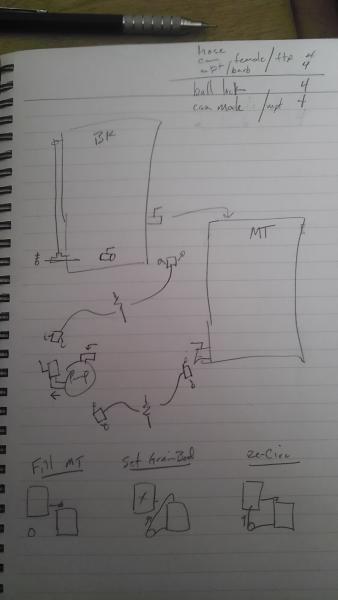jfkriege
Well-Known Member
Thanks for letting me buy all of the stuff. I have already put some of it to good use.
I am glad you liked the system. There were a lot of ideas in it that you helped with. And hey, bouncing ideas back and forth is half the fun of these builds. Start out with the craziest thing you can come up with and tone it down until it can actually be built....
Drop by any time; you are always welcome in Bloomington.
Joshua
I am glad you liked the system. There were a lot of ideas in it that you helped with. And hey, bouncing ideas back and forth is half the fun of these builds. Start out with the craziest thing you can come up with and tone it down until it can actually be built....
Drop by any time; you are always welcome in Bloomington.
Joshua

















































![Craft A Brew - Safale S-04 Dry Yeast - Fermentis - English Ale Dry Yeast - For English and American Ales and Hard Apple Ciders - Ingredients for Home Brewing - Beer Making Supplies - [1 Pack]](https://m.media-amazon.com/images/I/41fVGNh6JfL._SL500_.jpg)










